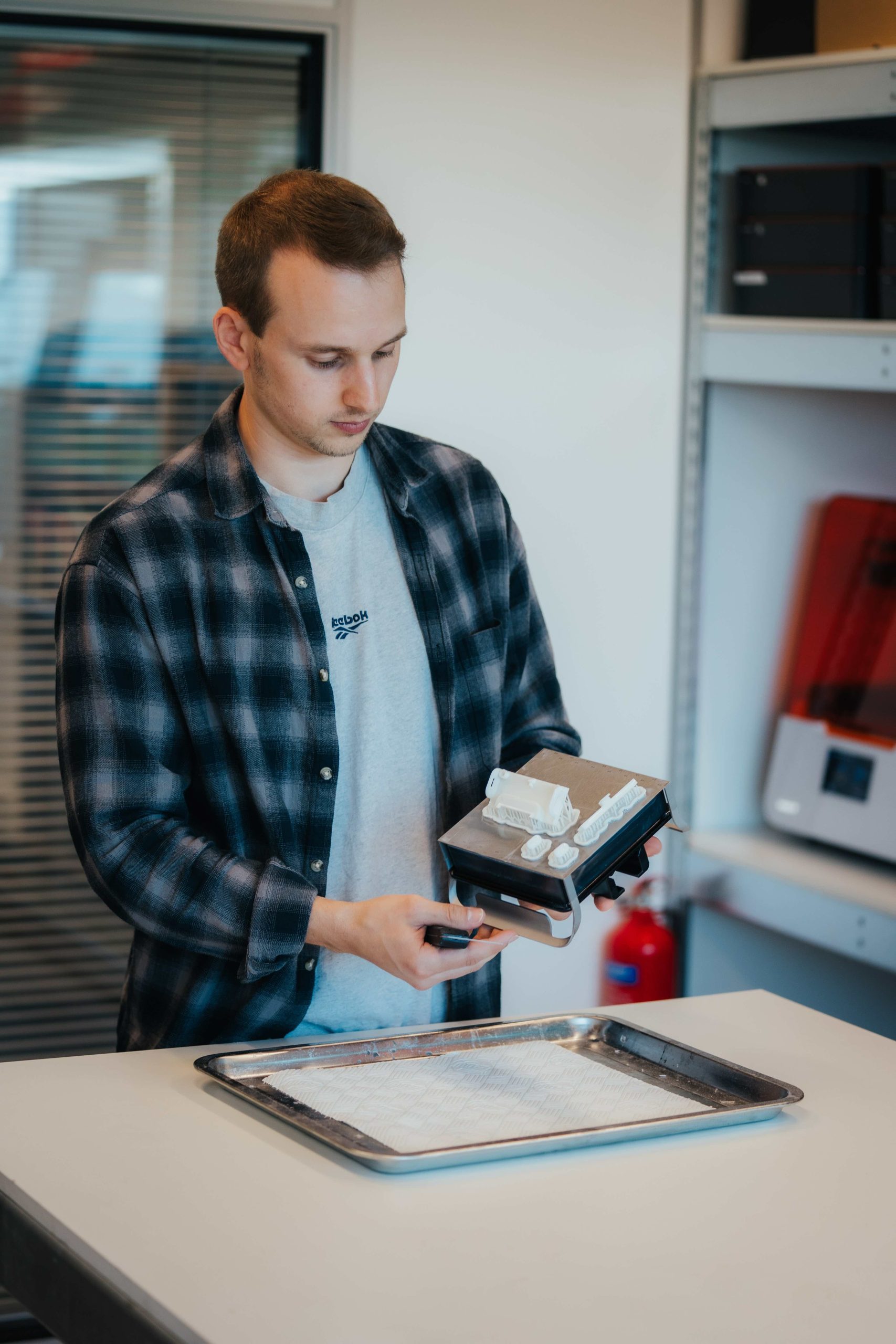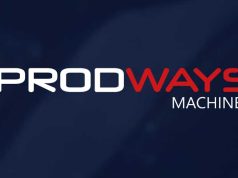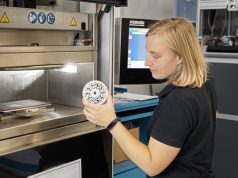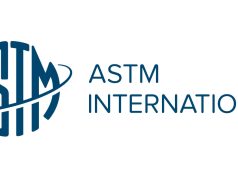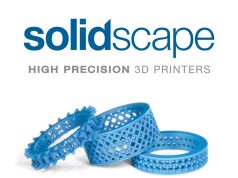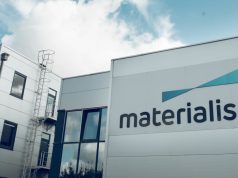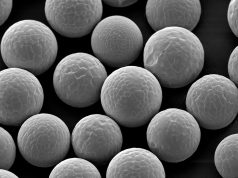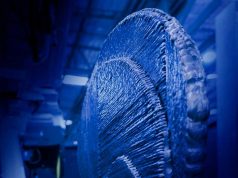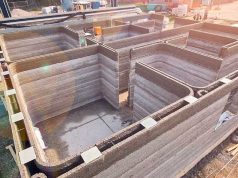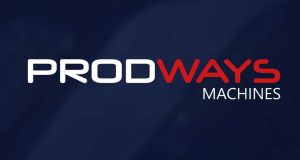At the recent TCT 3Sixty exhibition in Birmingham, a competition by 3DPRINTUK caught the eye. The winner of this competition was the prestigious design firm ITERATE Design and Innovation. This collaboration gave us the opportunity to dive deeper into the world of 3D printing from a design firm perspective.
One of the main concerns that many companies face is when it makes sense to use 3D printing technology, especially in the context of prototyping and production. Even more challenging is deciding whether to print in-house or outsource to specialized third-party companies.
To gain deeper insight into these issues, 3DPRINTUK spoke with Gethin Roberts, managing director of ITERATE, to look at the use of 3D printing from the perspective of a renowned design firm and discuss when it is a useful technology for prototyping and production scenarios, and when it is best to perform 3D printing in-house or outsource to an experienced 3D printing subcontracting firm like 3DPRINTUK. With over two decades of experience in rapid product development and 3D printing, he offers valuable perspectives.
Q. Can we start by getting a feel for what ITERATE do, and the sort of services that you offer?
Well at ITERATE, I guess we are what would best be described as a dynamic team of design engineers that blends creative and technical expertise in order to develop new products from a design concept right through to production. ITERATE is unique within the industry as we enable customers to be ‘first-to-market’ through specialist knowledge of the discipline of Rapid Product Development. After studying a Masters degree in Rapid Product Development and spending a decade working in manufacturing I identified that many businesses are slow to respond to market demands as they take too long to conceive new products. As a result, I developed the ‘RPD Pathway’, which focuses on removing many of the barriers that prevent new products from getting to market. By following this stage-by-stage process, ITERATE can create exciting product experiences within a compressed time-frame, which helps customers to better manage their risk. Using this proven approach, we have successfully developed an array of products for the technology, consumer, industrial and healthcare sectors.
Q. Within this rapid product development framework, how fundamental is 3D printing / additive manufacturing, and how do you as a company use it?
3D Printing is at the forefront of our business. Every product we develop goes through an extensive phase of rapid prototyping in order to validate the design and prove every element; from its aesthetic appearance to its mechanical performance. We have an extensive in-house array of AM technologies that include Fuse Deposition Modelling (FDM) and Stereolithography (SLA) as well as injection moulding. Each process offers different strengths and should be applied based on individual customer requirements. For example, FDM leverages engineering polymers such as ABS, PC and PA6; however, surface finish is limited due to its layer upon layer bonding method. SLA utilises light cured polymers that perform less like engineering polymers; however, its laser based system enables a very high degree of accuracy to be achieved. Through a number of our production partners, we are able to offer additional processes such as vacuum casting, which is ideal for batch production of your product and will provide fantastic likeness to a fully manufactured item.
Q. So when you look at how you leverage AM in the product design process, what advantages does it offer over traditional manufacturing processes and do you still use those, or is it now very much AM being the go to technology when you’re looking at prototyping and production runs?
Yes, we do still use traditional methods. It depends on the nature of the product we are working on. There are some really nice applications where we do actually use AM as the production method. But I think it is important to view AM realistically. It fits within a rapid product development process, just one of a number of tools and management processes that must work together to achieve timely and cost-effective new product introductions. Used in isolation, it can produce parts quickly. But unless you focus on streamlining the whole product development process this may mean you just end up with a part sitting on your desk for weeks waiting for other process steps to catch up. At ITERATE we do have in-house desktop SLA and FDM technologies, but these are only used for part validation, to check if parts fit together etc…, but they are not suitable for volume production. For this step we typically outsource to a qualified expert 3D printing subcontract bureaux.
As a company, we do a lot of work in the wearables sector. One customer we have been working with for five or six years, and during that time their product has evolved massively, with maybe 20 or 30 iterations over the period. For this client, all production is via AM, as it would be financially suicidal to retool every time a new iteration was developed. 3D printing is a perfect fit for product development in such dynamic sectors. It has afforded this company the ability to be able to introduce a small batch (maybe a few hundred), go to market, get customer feedback, and then respond with agility to changing customer or market requirements. Traditional manufacturing wouldn’t have allowed, so AM has really provided them with a competitive edge, and has allowed them to enter new markets at low risk.
Q. So obviously you’re playing on the agility of the manufacturing technique there, but how about its ability to promote design freedom?
Absolutely, that’s of huge importance. The wearables product I’m talking about could not be manufactured using traditional production methods. It just wouldn’t have been possible because of the geometry and if using traditional processes would have to have been designed in a completely different way.
Q. So from your client’s perspective, the ability to offer AM as a production process, opens up all sorts of innovative possibilities for them?
Yes definitely. If you put the production time savings by using AM to one side, I think the design time to actually create something for AM requires less thought in many ways than if you are designing for say injection moulding or casting. There are design rules for AM, but they are not so onerous. You can design, make a part, revise, make another part etc.. etc.. and so ultimately design time itself is considerable faster.
Q. Do you find there are limitations to the technology as well?
Yes, surface finish is one, they still often still look like printed parts in my view. You know, they’re not looking as good as moulded parts.
Q. That plays obviously to a big issue at the moment in the sector, which is post processing. When you select a bureau, do you interrogate them about the post processing technologies they have?
Yes, we often have that conversation. It is vitally important now when we are using AM to produce end-use production parts.
Q. What else informs your decision to choose one subcontract bureau over another?
I wouldn’t underestimate the importance of delivery times, because that’s been a huge problem for us lately. Particularly with Brexit. Some 3D printing agencies are sintering most of their parts in continental Europe. That’s a pain as it adds hugely to the delivery time. For some of our customers they require parts a maximum of 48 hours after design completion. 5 days is impossible, but is increasingly what some prominent players are offering. Cost is also important, but I would argue today perhaps a close second to delivery times.
Q. In general terms, what level of understanding of AM do customers have when they work with you. Do they see it as a magic bullet, or today, do they understand that its usefulness needs to be curated intelligently?
There are so many more of our customers today that have actually got 3D printers in-house. And so they’ll come to us and they might have a proof of concept that they think is suitable, but in many instances this is not enough. The wrong material may have been selected for example, or the part is being built in a sub-optimal way in the 3D printer, causing it to fail in certain areas. So I think that certainly people understand the benefits of AM more than they ever have, but beyond dabbling, they need the intervention of experts like us and 3DPRINTUK to optimise outcomes.
Q. Finally, in terms of what you’re doing, what would tip the balance for you to actually invest in the machines to fulfil AM production in-house?
I don’t feel that we could be as efficient as a company that’s doing it every single day like 3DPRINTUK. We use bureaux so we can focus on what we do well, designing products. And you know, by using bureaux, we don’t have to worry about setting up the machine, optimizing parameters, getting into a whole load of things that we probably could if we wanted to, but we’ve got so many other things to be getting on with.
Subscribe to our Newsletter
3DPresso is a weekly newsletter that links to the most exciting global stories from the 3D printing and additive manufacturing industry.



